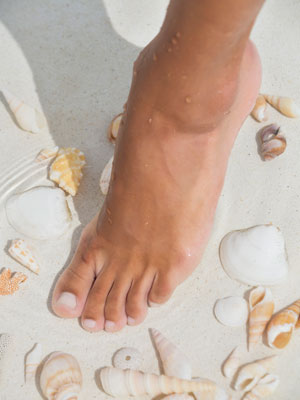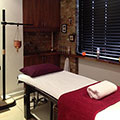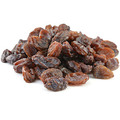Nail problems: what you need to know
Party season’s on the horizon – hurray! But if you’re not cracking out your strappy sandals because of an infected or ingrown toenail, now's the time to deal with the problem

Toenails resembling claws aren’t just unsightly, they can cause immense discomfort and pain if not treated. We spoke to Michael Harrison Blount, lecturer in podiatry at the University of Salford, to find out how fungal nail infections and ingrown toenails are caused and where you should go for help.
Fungal nail infection
A fungal nail infection is often caused by athlete’s foot. Athlete’s foot is a fungal skin infection that usually starts between the toes (often the third and fourth or fourth and fifth because they sit closer together) as it’s a warm and damp environment. It’s often caused if you wear closed shoes for long periods or work in humid conditions as the skin between the toes becomes macerated and absorbs moisture. This causes little splits, which is how the fungal spores enter the foot and start to feed on the keratin, and often cross-contamination in the shoe.
Infection often starts in the big toe. The big toe takes the brunt of trauma (knocks and bumps to your feet), which causes tiny cracks in the nail. Fungal spores can then get into the nail plate and start to break down the keratin.
There are different types of fungal nail infection. The simplest form is a dusty white appearance on the nail’s surface, almost like you’ve got talcum powder stuck to it. It causes the top of the nail to be infected, but is more treatable because anything you put on it will attack the fungus straight away.
The other form attacks the tip of the nail, which is around the sides and back of the nail where it attaches to the cuticle. The nail will often change to a yellow or brown colour. Following discolouration, the nail starts to thicken as it tries to protect itself. As the nail becomes thicker and thicker, it causes more problems as it’s more likely to get damaged when the nail presses against the inside of shoes. The nail can also crumble because once the keratin, the scaffolding which holds the nail together, is gone it crumbles. A normal nail is about 0.8mm thick but once the whole nail is infected it can get up to 5-7mm thick and become deformed with pressure and pushed to the side.
Synthetic shoes and socks can contribute to infections. Synthetic materials don’t breathe as well so try to stick to leather shoes and cotton or wool socks. Shoes that aren’t waterproof will also pick up moisture from humid environments and tight shoes will pinch the nails, which could cause splits.
Buffing the toenail could cause trauma to the nail plate. The acetone in nail varnish can also cause the top portion of the nail to become soft, making it more susceptible to trauma.
Go to the pharmacy as soon as you think you have a fungal nail infection. If it’s comfortable and not causing any problems then the pharmacist is your first port of call. It’s important to seek help early because the longer you leave it the deeper the infection becomes and the harder it is to treat.
The best thing to do is treat the athlete’s foot before the fungus infects the nail so as soon as you experience any redness, soreness or itchiness between the toes, visit the pharmacist.
Ingrown toenails
An ingrown toenail happens when the nail pierces the skin. Picking or pulling at toenails instead of cutting them properly can leave little tiny spikes so when the nail grows it then punctures the skin.
Go to a podiatrist if you think you have an ingrown toenail. If the nail is pinching then the podiatrist is your first port of call. If you’re going to NHS podiatry then you have to be referred through your GP. If the nail is ingrown (swollen and infected), a GP would probably give you some antibiotics but until the nail section is taken away the infection will just reoccur. The portion of nail needs to be removed so ask your GP to refer you to a podiatry service. A podiatrist will then remove the section of nail under anaesthetic and use a chemical to stop it growing back.










